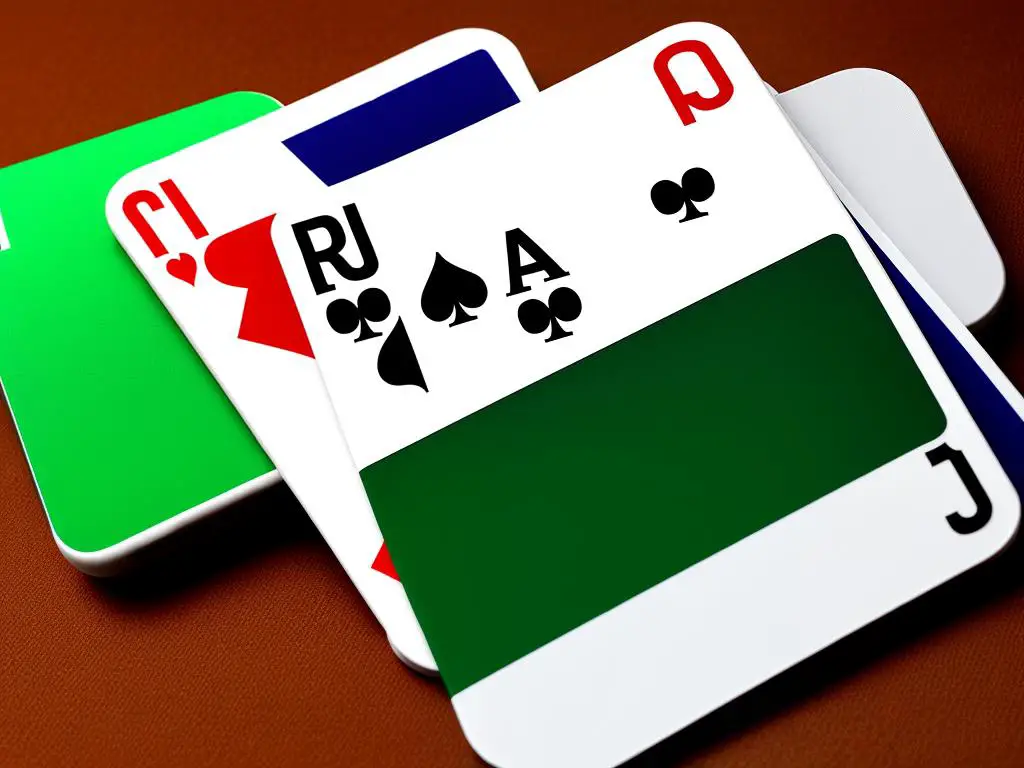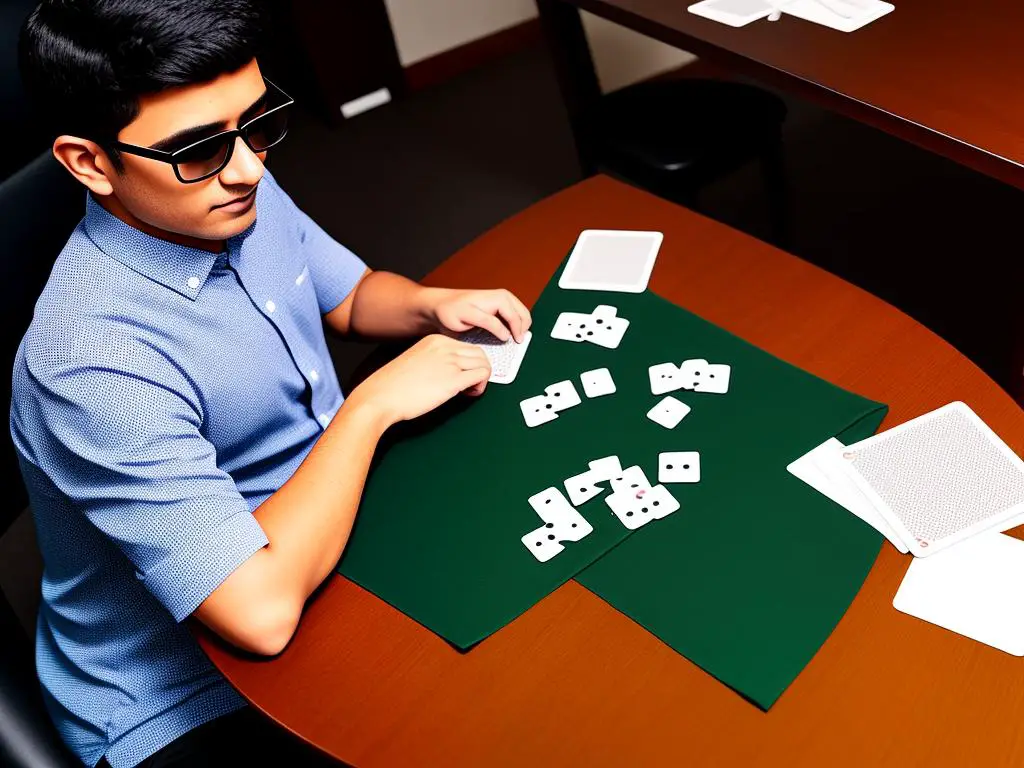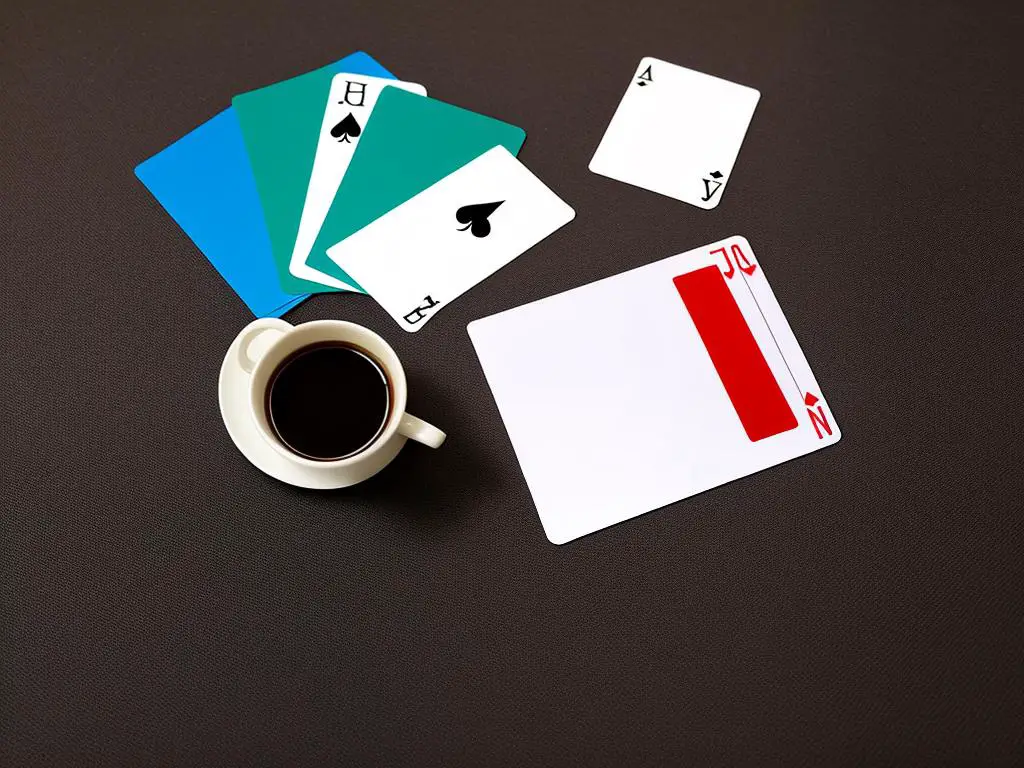Freecell, a popular and exciting solitaire game, has intrigued countless players globally with its unique blend of strategy and skill. While it appears to be a straightforward game at first glimpse, it takes a nuanced understanding and intricate tactics to master. From grappling with the basic rules to implementing advanced gameplay, each stage of learning Freecell comes with its own set of challenges and rewards. Becoming proficient at Freecell requires not only a thorough comprehension of its underlying principles but also imaginative strategies and a significant amount of practice. This essay will provide a comprehensive roadmap for not only understanding the basics of Freecell but also developing winning strategies, mastering advanced tactics, and implementing these learnings in real-world games.
Understanding Freecell Basics
Understanding the Basics of Freecell: An Intricate yet Rewarding Game
Freecell, a popular and engaging card game, is more complex than it initially appears. To elevate your play and heighten your enjoyment, a fundamental understanding of the basic rules, card types, game layout, and possible moves is crucial.
Essential Game Rules for Success
The basic rules of Freecell are relatively straightforward. The game is played with a regular deck of 52 cards, laid out in eight columns on the board, with four foundation piles and four open cells available for play. The goal is to move all cards onto the foundation piles, which are built by suit from the Ace through the King.
However, transitioning from the game’s beginning to end successfully requires a strategy developed from a clear understanding of these rules. The first step in this journey is learning about the types of cards used.
Decoding the Card Decks
As mentioned earlier, Freecell uses a regular 52-card deck, comprising four suits- hearts, diamonds, clubs, and spades. Each suit contains 13 cards, ranging from the Ace (the lowest) to the King (the highest). The game starts with numerous cards arranged in eight columns, with the rest placed in the foundation piles or open cells.
These cards’ strategic placement and understanding their traits play a significant role in determining your game outcomes. Now that we have the cards covered, let’s look into the game layout.
Mastering the Game Layout for Improved Play
In Freecell, the game board is divided into three sections. The middle section contains eight columns or tableau piles where the game begins, and where most of the gameplay occurs. On the top-left, you’ll find four empty cells or “free cells,” which can be used to temporarily hold cards during play. The top-right contains four “foundation” piles, where you need to move all the cards to win the game.
By knowing the layout well, you can better strategize your moves and plan accordingly. Speaking of moves, they are crucial to cracking Freecell.
Understanding Permissible Moves
Understanding valid moves in Freecell can turn the game in your favor. A few guidelines are:
- You can only move one card at a time from the tableau to an open cell or foundation pile.
- A card at the top of any tableau pile can also move to any other tableau pile if it is of the opposite color and one rank lower than the card it is being placed upon.
- The open cells can each hold one card. These free cells provide strategic opportunities to maneuver your cards across the board.
Approaching the game with these basic yet critical understandings in mind will significantly improve your Freecell gameplay. It’s a game that requires strategies as complex as the cards it uses, but the rewards of mastering it are just as satisfying. As you continue to learn and apply these fundamental principles, you’ll find yourself progressing from a beginner to a skilled player in no time.

Strategy Formation
Introduction: Mastering the strategies of Freecell
Freecell is not just an entertaining card game; it’s also a mental workout that involves pin-point strategic planning. Like a game of chess, your success is contingent on thinking several moves ahead and manipulating the deck to increase your winning odds. Here are some tips and tricks to help you understand and improve your Freecell strategy.
1. Understand the Basics of Freecell
Before delving into complex strategy formation, it’s essential to understand the game’s basic rules. Freecell consists of a standard deck of 52 cards, divided across eight columns. The game’s objective is to build four foundations, each made up of 13 cards from the same suit, starting with the Ace and ending with the King. To achieve this, you are allowed to move the cards around using free cells and making sequences in the columns by arranging cards of alternate color in descending order.
2. Plan Several Moves Ahead
One key to developing an effective Freecell strategy is planning several moves ahead. This foresight allows you to maximize the efficiency of each move and minimize potential obstacles. By understanding the natural unfolding of your planned moves, you can anticipate challenges and design ways to avoid or overcome them.
3. Make Use of All Laavailable Free Cells
The free cells in Freecell are your lifeline. These slots, which can each hold one card, provide temporary storage when you need to rearrange your cards. Utilizing all available free cells wisely is crucial to maintaining a fluid game progression. However, bear in mind that each occupied free cell reduces your flexibility, as it decreases the number of cards you can move at once.
4. Keeping Your Home Cells Occupied
The home cells or the foundation piles are the final spots where you need to place your cards. These four piles, one for each suit, become available once you uncover an Ace. Your prime target is to move the Aces to these cells as soon as you get them. From there, gradually play more cards in those slots, starting with the twos, then the threes, and so on. The more cards you have in your home cells, the easier the game becomes.
5. Sequence Your Moves Carefully
Effective sequencing is crucial in Freecell. Remember, you can only move cards in descending order and alternating colors within the columns. Avoid breaking the sequence unless necessary. Breaking a sequence could mean blocking a lower card, and that could complicate your game.
6. Prioritize Freeing the Aces and Low-Numbered Cards
Since Aces need to be moved to the foundation piles first, freeing them up should be a priority. Similarly, other low-numbered cards like twos and threes should be pushed toward the foundation piles as quickly as possible.
7. Keep an Eye on your Eights
Eights are the highest cards that can be moved to an empty column without compromising your ability to move a full sequence of cards. Keep an eye on these and use them to your advantage.
In conclusion, mastering Freecell requires practice, patience, and strategic thinking. By understanding the basics of the game, planning your moves, using your free cells wisely, maintaining an efficient sequence, and prioritizing low-numbered cards, you can significantly improve your overall performance in Freecell.

Advanced Tactics and Tips
Understanding the Game: Background on Freecell
Freecell is a solitaire card game played with a single deck. The primary goal is to move all cards to foundation piles, following suit from Ace to King. The game is notable for having almost all games theoretically winnable, making a tight spot more of a challenge than an impasse.
Advanced Tactics and Tips for Freecell
While Freecell may seem straightforward, it’s not all about the basic strategies. To keep your game strong, it’s crucial to delve into advanced tactics and understand when and how to make your next move.
Know When to Break into a Clean Stack
A clean stack refers to a column where the cards are following descending order of different color. You might be hesitating to break this alignment as it looks pretty organized. However, as an advanced player, you need to know that breaking a worthy clean stack might often lead to a constant series of productive moves. Observe the rest of the tableau and the cards in the free cells before making such a move. If a certain card blocked within the stack is needed to run another series elsewhere, you should consider breaking the stack.
Effective Management of Your Free Cells
The free cells in the game refer to the four spaces at the top of the screen where you can put any card you choose. These free cells allow you flexibility, but they should be used wisely. Try to keep as many cells free as possible, giving you a greater choice of moves.
Remember that filling a free cell should always be a deliberate decision, not a last resort. Approach using the free cells by considering the supermove. This refers to moving a sequential stack of cards that’s technically larger than the number of open free cells plus one. To maximize the supermove, try to maintain an empty column and as many free cells as possible.
Clear a Column When the Time is Right
In Freecell, an empty column is more powerful than a free cell because it can store a series of many cards instead of just one. That’s why sometimes it’s important to deliberately empty a column. However, this should not be done carelessly. Only clear a column when you are sure you have a King to place there or a sequence to place there.
Overall, Freecell requires not only a keen eye and understanding of the game, but also strategic planning of your moves. By keeping these advanced tactics in mind, you can skillfully navigate even the toughest game scenarios.

Photo by everywheresean on Unsplash
Practicum
Understanding the Game: Freecell Basics
Freecell is a one-player card game most commonly played on a computer. The game is named after the four free cells in the top-left corner of the game board. Understanding its basic rules is crucial before diving into strategies and advanced tactics. The aim of the game is to move all 52 cards to the foundations at the top-right of the screen, building up each suit from Ace to King.
Strategies for Success: Controlling Chaos
One of the key strengths of a successful Freecell player is the ability to manage chaos. Start with the Aces and Deuces whenever possible. They are especially easy to manage if they are in the right deals. Also, try to maintain as many free cells as you can. The more free cells that are open, the more maneuverability you have in the game.
Advanced Freecell Techniques: Planning Ahead
As part of your advanced tactics, always keep an eye out for the next move. Always plan at least one move ahead, especially when moving cards to the free cells. If possible, keep one or two free cells empty as a backup plan.
Also, strive to create an empty tableau pile as soon as possible. An empty tableau pile can be a game-changer as it allows for moving several cards at once.
Final Thoughts: Practice Makes Perfection
Understanding the game, its strategies and advanced tactics is the first part. The second part is practice. The more you practice, the more you discover about the game. Keep showing up, keep playing and eventually, you will not only master the game but also increase your ability to strategize and plan, skills that are valuable far beyond the game of Freecell.
Remember, Freecell is not a game of luck but a game of skill. Like all skills, it takes time to hone, but with practice, perseverance, and a few strategic moves, you should find yourself winning more games than ever before.

Mastering Freecell is no small feat – it requires a keen understanding of the game’s rules, a strategic mind capable of planning for numerous outcomes, and the resolute will to tackle even the most formidable of challenges. However, the pleasure derived from a well-earned victory far outweighs the effort invested. From understanding the game’s basics, formulating strategies, unlocking advanced tactics, to practicing relentlessly, each step in this journey will bring you closer to becoming a Freecell connoisseur. Remember, every move counts in Freecell, and so does every lesson learned. As your skill grows, so does the unfolding complexity and immense satisfaction derived from the game, making it an endlessly rewarding pursuit.
Frequently Asked Questions about Mastering Freecell Game
A: Freecell is a popular solitaire card game that requires skillful planning and sequencing of cards to build four foundation piles.
A: In Freecell, players aim to move all cards to the foundation piles in ascending order and according to suit. The game allows strategic moves of cards between tableau and freecells.
A: Freecell is usually played with a single standard deck of 52 playing cards.
A: Yes, Freecell offers different difficulty levels, ranging from easy to challenging, providing options to suit players of various skill levels.
A: Yes, Freecell is a game that can be enjoyed by players of all ages, offering a relaxing and mentally stimulating solo play experience.
A: Absolutely! Freecell is available as a digital game, making it accessible on various devices such as smartphones, tablets, and computers.
A: The duration of a game of Freecell can vary depending on factors like the player’s skill level and the difficulty level chosen. On average, a game can last around 5 to 15 minutes.
A: Yes, developing strategies like creating empty columns, freeing up Aces and other key cards, and planning moves ahead can increase your chances of winning.
A: Yes, most digital versions of Freecell offer options to undo moves and restart games, allowing players to refine their gameplay and try different approaches.
